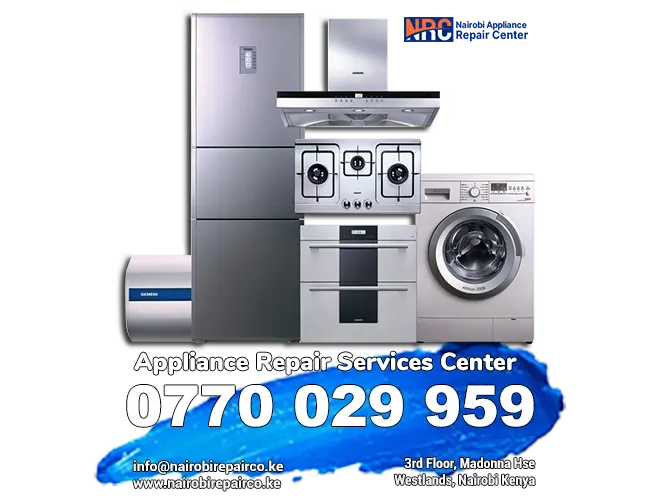Electronics Repair Service in , spare parts, appliance diagnosis, electronics and electric equipment checkup and troubleshooting services. Get the best appliance services in instantly!
Sound Equalizer Repair in , spare parts, appliance diagnosis, electronics and electric equipment checkup and troubleshooting services. Get the best appliance services in instantly!
Television Screen Replacement in , spare parts, appliance diagnosis, electronics and electric equipment checkup and troubleshooting services. Get the best appliance services in instantly!
Supermarket Freezer Repair in , spare parts, appliance diagnosis, electronics and electric equipment checkup and troubleshooting services. Get the best appliance services in instantly!
Supermarket Freezer Repair in , spare parts, appliance diagnosis, electronics and electric equipment checkup and troubleshooting services. Get the best appliance services in instantly!
Ceiling Fan Repair in , spare parts, appliance diagnosis, electronics and electric equipment checkup and troubleshooting services. Get the best appliance services in instantly!
Pedestal Fan Repair in , spare parts, appliance diagnosis, electronics and electric equipment checkup and troubleshooting services. Get the best appliance services in instantly!
Standalone Oven Installation in , spare parts, appliance diagnosis, electronics and electric equipment checkup and troubleshooting services. Get the best appliance services in instantly!
Freezer Repair in , spare parts, appliance diagnosis, electronics and electric equipment checkup and troubleshooting services. Get the best appliance services in instantly!
Washing Machine Repair in , spare parts, appliance diagnosis, electronics and electric equipment checkup and troubleshooting services. Get the best appliance services in instantly!
Washer Dryer Repairs in , spare parts, appliance diagnosis, electronics and electric equipment checkup and troubleshooting services. Get the best appliance services in instantly!
Wall Fan Repair in , spare parts, appliance diagnosis, electronics and electric equipment checkup and troubleshooting services. Get the best appliance services in instantly!
Tower Fan Repair in , spare parts, appliance diagnosis, electronics and electric equipment checkup and troubleshooting services. Get the best appliance services in instantly!
Gas Cooker Repair in , spare parts, appliance diagnosis, electronics and electric equipment checkup and troubleshooting services. Get the best appliance services in instantly!
Oven Repair in , spare parts, appliance diagnosis, electronics and electric equipment checkup and troubleshooting services. Get the best appliance services in instantly!
Electric Fan Repair in , spare parts, appliance diagnosis, electronics and electric equipment checkup and troubleshooting services. Get the best appliance services in instantly!
Built-in Oven Installation in , spare parts, appliance diagnosis, electronics and electric equipment checkup and troubleshooting services. Get the best appliance services in instantly!
Electric Cooker Repair in , spare parts, appliance diagnosis, electronics and electric equipment checkup and troubleshooting services. Get the best appliance services in instantly!
Juicer Mixer Repair in , spare parts, appliance diagnosis, electronics and electric equipment checkup and troubleshooting services. Get the best appliance services in instantly!
Air Fryer Repair in , spare parts, appliance diagnosis, electronics and electric equipment checkup and troubleshooting services. Get the best appliance services in instantly!
Toaster Oven Repair in , spare parts, appliance diagnosis, electronics and electric equipment checkup and troubleshooting services. Get the best appliance services in instantly!
Dishwasher Repair in , spare parts, appliance diagnosis, electronics and electric equipment checkup and troubleshooting services. Get the best appliance services in instantly!
Subwoofer Repair in , spare parts, appliance diagnosis, electronics and electric equipment checkup and troubleshooting services. Get the best appliance services in instantly!
Stereo System Repair in , spare parts, appliance diagnosis, electronics and electric equipment checkup and troubleshooting services. Get the best appliance services in instantly!
